Marked on the back.
delivery possible by registered colissimo with insurance and delivered against signature for:
France €15
Europe €45
Rest of the world €70
*Semi-porcelain, opaque porcelain, English porcelain, stone china, Terre d'acier, Porcelain with iron ore. There is no shortage of synonyms for the Mason's brand of plates. All designate this variety of very hard feldspathic fine ceramic discovered by the English ceramist. These first fine and hard earthenware are printed in blue with "Japanese designs". WHEN MASON'S DISCOVERS IRONSTONE While many potters made and exported fine terracotta pottery, it was Charles James Mason of Staffordshire who was the first to patent it in 1813, giving it the name Ironstone China. "Ironstone" suggested hardness and "China" porcelain. It was, however, a fine terracotta. The story of Mason's is a phenomenon that has made ceramics famous even today. It all starts with Miles Mason who participates in auctions for porcelain, imported into England. After a dispute in court over a disagreement with the East, the import of the precious porcelain was stopped. Faced with growing demand from England in the 18th century, this shortage of porcelain contributed to the birth of English hard-paste and pearl chinoiserie. From an importer of oriental porcelain, Miles Mason became a manufacturer. Its activities can be traced back to: Islington Pottery in Liverpool from 1792-1800, Victoria Pottery, 1800-1806 Minerva Works, 1806-1816, both located in Lane Delph. During the period 1792-1816, he also produced hard paste porcelain. In 1813, two of his sons, GM and CJ Mason introduced their famous Mason's Patent Ironstone China, one of the finest and most durable materials in the history of ceramics, characterized by its semi-translucency. 200 years later, these rare pieces remain the target of collectors around the world. TRANSFER PATTERNS MADE IN MASON'S With the idea of copying Chinese porcelain at a lower cost, Mason's creates transfer-printed patterns on iron stone. Thus are born the plates and dishes decorated in blue, red, green or brown on a white background. We note, however, some colored fantasies added to the transfer after the application of the glaze. From dense scenes to small floral decorations, Transferware designs give a delicate and baroque appearance to earthenware pieces. By 1820, the iron stone productions of the Minerva Works factory had built up an exceptional repertoire of motifs with an oriental character, but reflecting many Italian and English landscapes. Mason's first 32 years include its finest pieces, are characterized by "crown and curtain" signatures, and date from 1813 to 1829. In 1829, the Minerva factory became known as Charles J. Mason & Co The name was also applied to Fenton Factory, the factory acquired from Josiah Spode. Throughout this period a number of stamps were used including "M Mason", "CJ Mason & Co. Lane Delph" and "Fenton Stone Works". Eight years after his death, the factories were sold to various successors, including François Morley and George Ashworth. Until the takeover of Wedgwood in 1973, the Mason's name was associated with oriental designs imbued with elegance through the simplicity of oriental art and heavily ornate, brightly colored English Derby designs. Among the most popular: Vista, Denmark Blue, Christmas Village and Regency-Plantation Colonial.


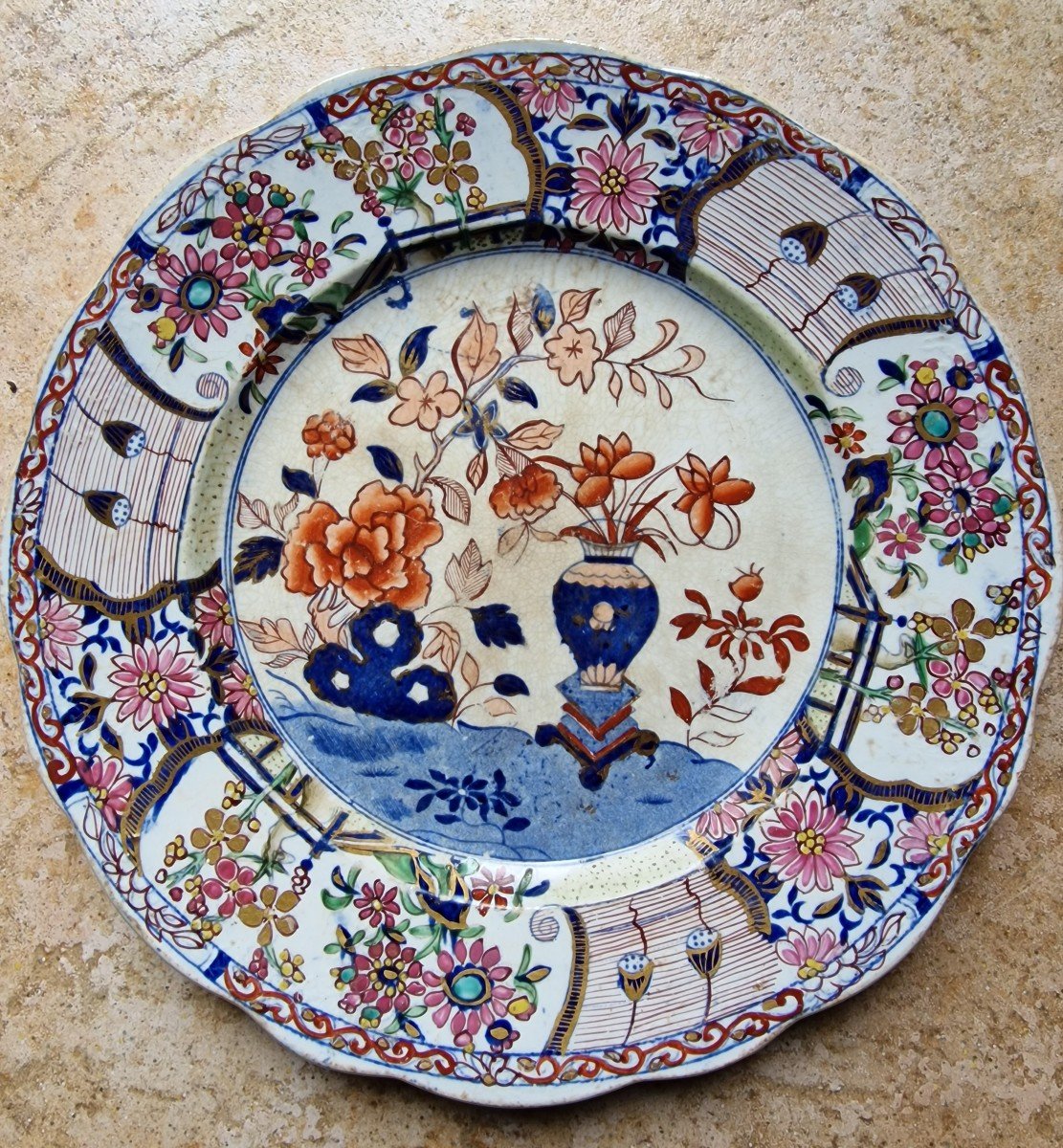

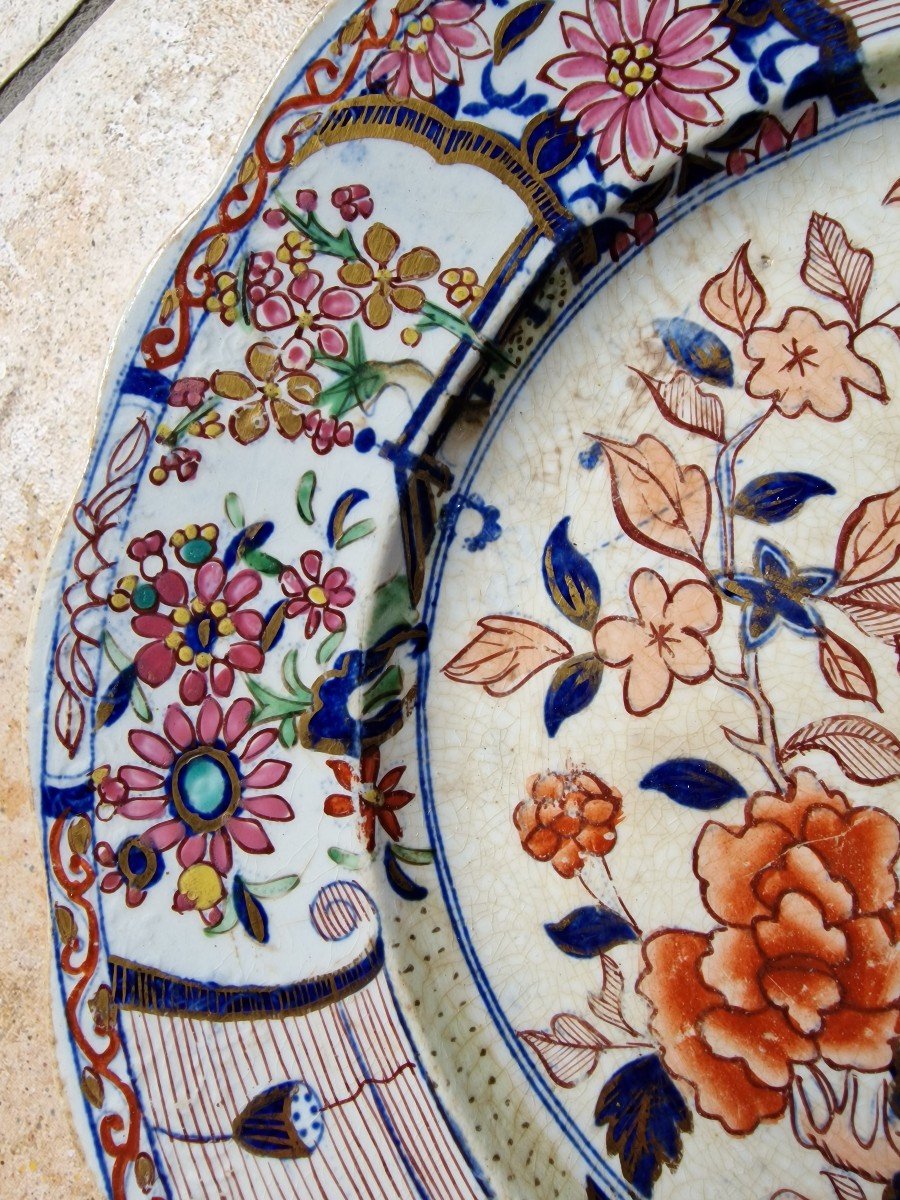
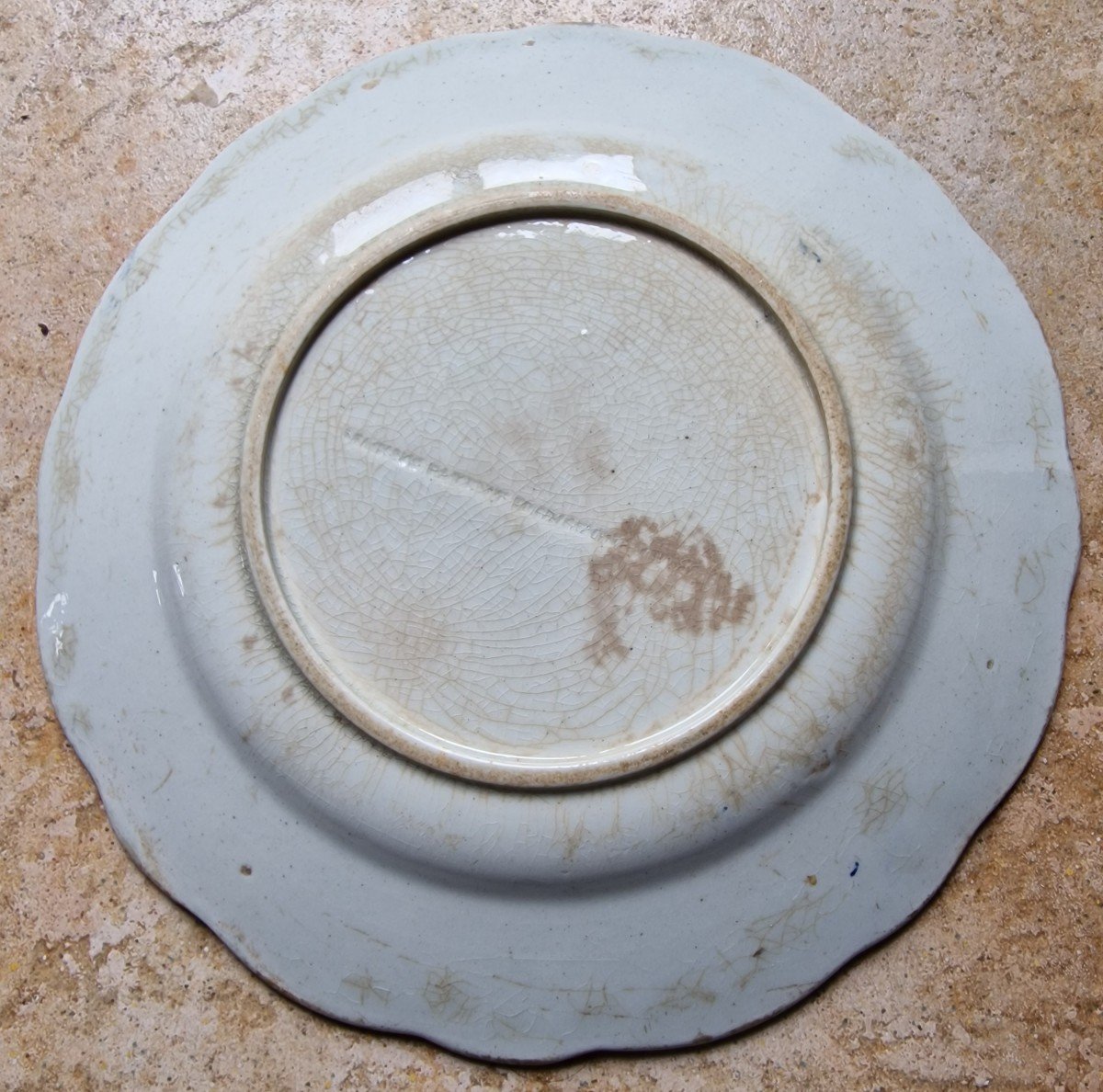







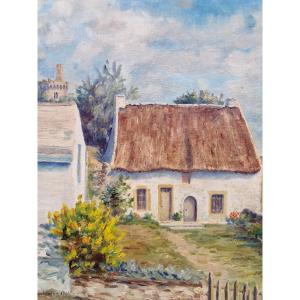




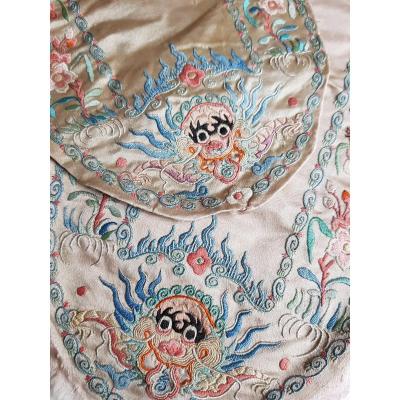




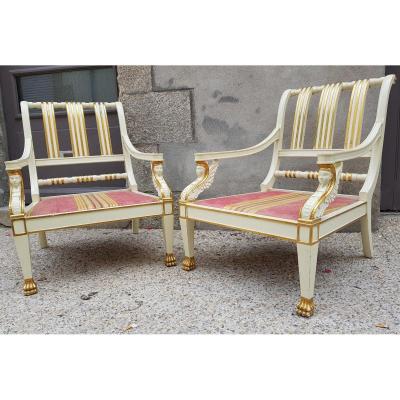
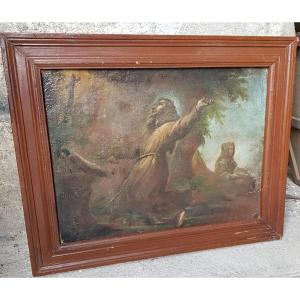


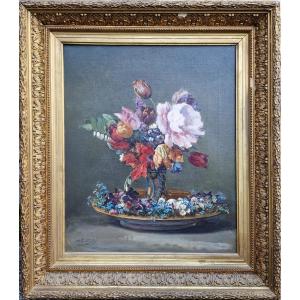


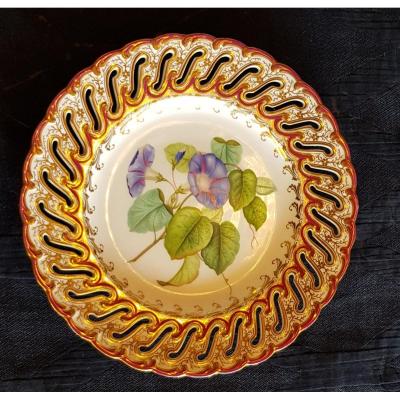
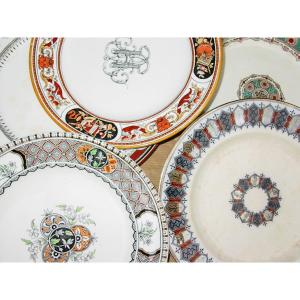




 Le Magazine de PROANTIC
Le Magazine de PROANTIC TRÉSORS Magazine
TRÉSORS Magazine Rivista Artiquariato
Rivista Artiquariato